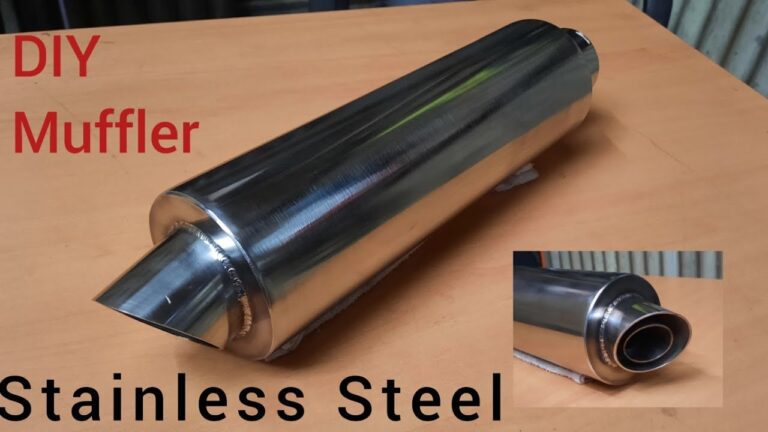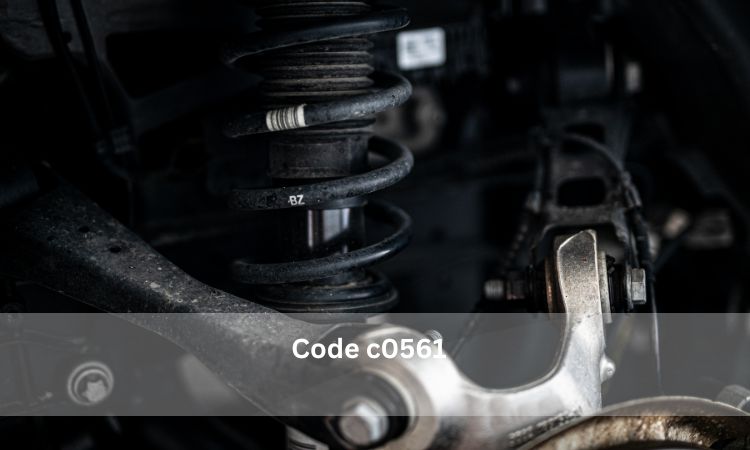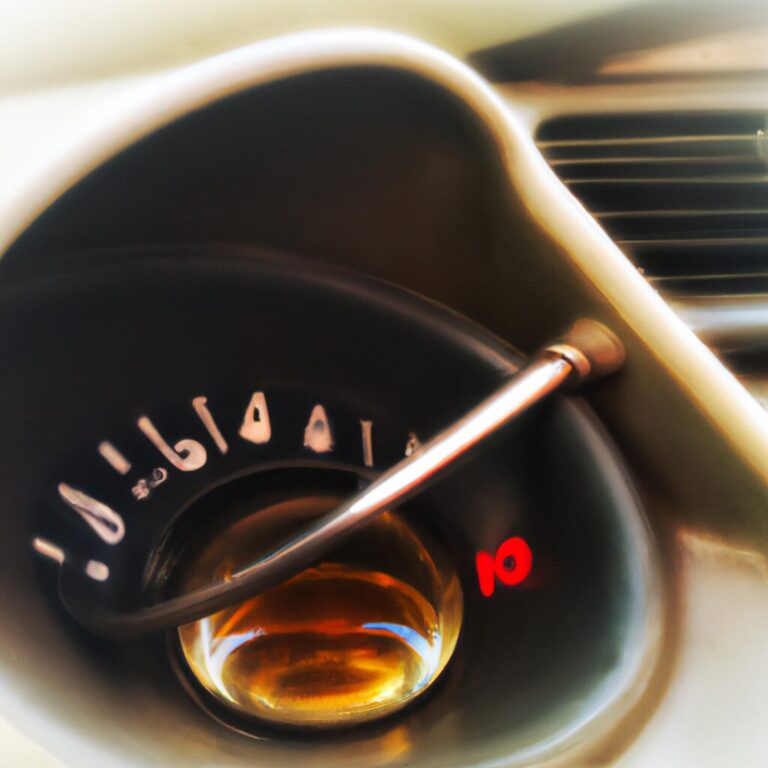How to Fix a Drive Shaft
To fix a drive shaft, first, identify the issue by conducting a thorough inspection of the shaft for any visible damage or wear. Next, depending on the problem, repair or replace the damaged parts to ensure proper functionality and safety.
Proper maintenance and timely repairs can prevent costly issues in the future and extend the lifespan of your drive shaft. By following these steps, you can address drive shaft problems efficiently and effectively. Drive shaft repair is a critical aspect of vehicle maintenance to ensure optimal performance and safety on the road.
A drive shaft transmits power from the engine to the wheels, so any issues with it can impact the vehicle’s driveability. Recognizing signs of drive shaft problems early on can help prevent extensive damage and costly repairs down the line. Regular inspections and timely repairs are key to maintaining a smooth and reliable driving experience.
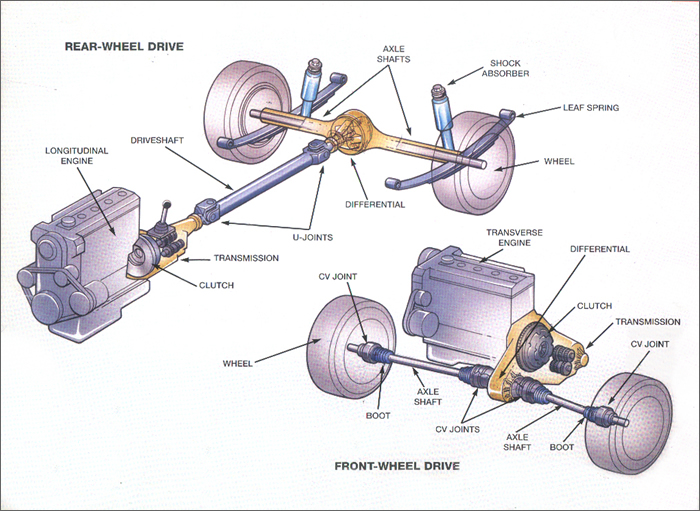
Credit: www.falmouthmotorcar.com
Inspecting The Drive Shaft
When it comes to the drive shaft of your vehicle, regular inspection is crucial to ensure proper functioning and safety. By inspecting the drive shaft at regular intervals, you can identify potential issues early on and prevent costly repairs down the line. In this section, we will cover how to inspect your drive shaft thoroughly for any signs of damage or loose connections.
Checking For Damage
Start by visually inspecting the drive shaft for any signs of cracks, bends, or corrosion. Any visible damage could indicate a serious issue that needs immediate attention. Next, run your hands along the length of the drive shaft to feel for any unusual vibrations or rough spots. These could point to underlying problems that require further inspection.
Looking For Loose Connections
Examine the drive shaft for loose or worn out universal joints and bolts. Loose connections can lead to vibration and excessive wear, eventually causing the drive shaft to fail. Check for any play in the joints by grasping and gently attempting to move them. Additionally, inspect the slip yoke and flange yoke for any signs of wear or play that could indicate loose connections.

Credit: m.youtube.com
Replacing The Drive Shaft
Fixing a drive shaft can solve many issues with your vehicle’s performance. Learn how to replace it properly to ensure a smooth and safe drive.
Gathering The Necessary Tools
To begin the drive shaft replacement process, make sure you have the following tools handy:- Jack and jack stands
- Socket wrench set
- Torque wrench
- Pry bar
- New drive shaft
Removing The Old Drive Shaft
1. Loosen the bolts connecting the drive shaft to the differential and transmission. 2. Support the drive shaft with a jack. 3. Slide the drive shaft out of the transmission and differential. 4. Inspect the old drive shaft for any signs of damage.Installing The New Drive Shaft
1. Align the new drive shaft with the transmission and differential. 2. Slide the new drive shaft into place. 3. Tighten the bolts connecting the drive shaft to the transmission and differential using a torque wrench. 4. Check the drive shaft for secure attachment. By following these simple steps, you can successfully replace a drive shaft in your vehicle.Repairing A Damaged Drive Shaft
Inspect drive shaft for cracks, bends, or other damage.
Determining extent of damage crucial for effective repair.
- Clean the damaged area thoroughly.
- Apply an epoxy resin to fill in minor cracks.
- Ensure the shaft is dry before applying the resin.
- Consult a professional welder for severe damage.
- Welding requires specialized equipment and skills.
- Ensure proper alignment before welding the shaft.
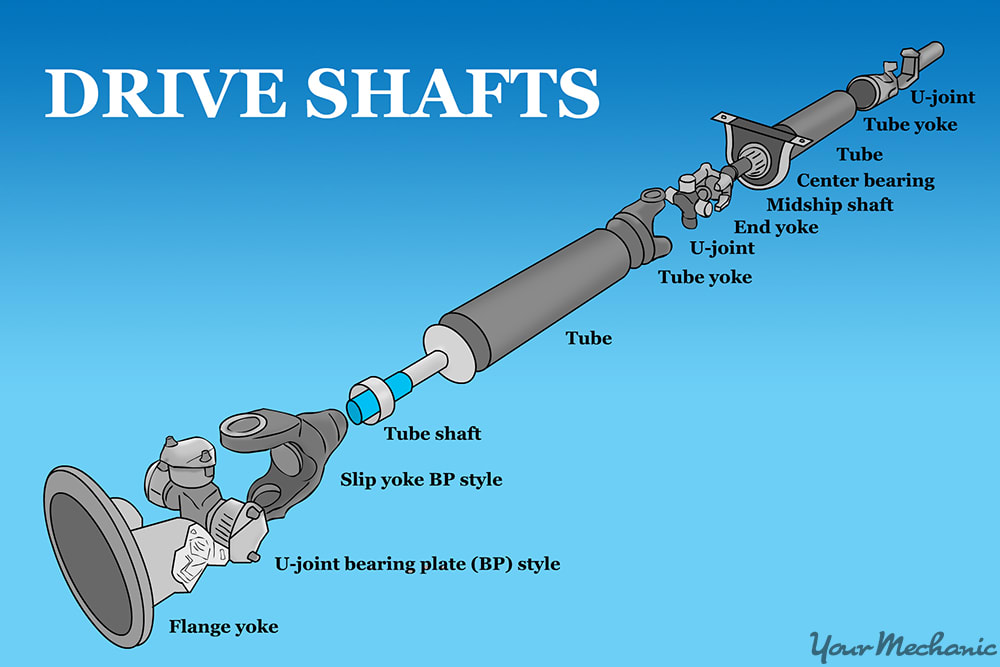
Credit: www.yourmechanic.com
Maintaining The Drive Shaft
The drive shaft in a vehicle is a crucial component responsible for delivering power from the transmission to the wheels. Proper maintenance of the drive shaft is essential to ensure optimal vehicle performance and safety. Regular upkeep involves lubricating the shaft, checking for wear and tear, and tightening loose bolts. By following these maintenance practices, you can extend the lifespan of your vehicle’s drive shaft and prevent costly repairs.
Lubricating The Shaft
Proper lubrication is key to ensuring the smooth operation of the drive shaft. Use a high-quality grease that is specifically designed for drive shafts. Apply the grease evenly along the entire length of the shaft, focusing on the universal joints and slip yoke. Regular lubrication prevents metal-to-metal contact and minimizes friction, reducing the risk of premature wear and failure.
Checking For Wear And Tear
Regular inspections are essential to identify any signs of wear and tear on the drive shaft. Look for cracks, dents, or any indications of corrosion. Additionally, pay close attention to the universal joints and center support bearing. If any damage is detected, promptly address it to prevent further deterioration and potential drive shaft failure.
Tightening Loose Bolts
Ensure that all bolts and fasteners connecting the drive shaft to the transmission, differential, and yoke are properly secured. Over time, vibrations and normal driving conditions can cause these bolts to loosen. Regularly inspect and tighten any loose bolts to maintain the integrity of the drive shaft assembly. Use a torque wrench to achieve the manufacturer’s recommended torque specifications for each bolt, ensuring a secure and reliable connection.
Seeking Professional Help
Fixing a drive shaft can be a complex task that requires technical expertise and specialized equipment. While some minor issues can be resolved by DIY enthusiasts, there are situations when it is best to consult a mechanic. In this section, we will explore the circumstances that necessitate professional assistance and provide tips on finding a trustworthy repair shop.
When To Consult A Mechanic
Although there are certain aspects of drive shaft repair that can be tackled by individuals with a good mechanical aptitude, there are instances when it is essential to seek professional help. Here are some indicators that you should consult a mechanic:
- Unusual Vibrations: If you notice excessive vibrations in your vehicle, especially when accelerating or decelerating, it could be a sign of an imbalanced or damaged drive shaft. To avoid further damage to your vehicle, it is advisable to have a mechanic inspect and repair the issue.
- Strange Noises: A clicking or clunking noise when shifting gears or a metallic rattling sound from underneath your vehicle might indicate a problem with the drive shaft. While it could be a minor issue, it is best to have a mechanic diagnose and fix the problem to prevent more extensive damage.
- Difficulty in Turning: If you experience difficulty in steering your vehicle or notice excessive resistance when turning, it could be due to damage in the drive shaft. Seeking professional assistance will help identify the underlying cause and avoid any potential safety hazards.
Finding A Trustworthy Repair Shop
When it comes to choosing a repair shop for your drive shaft, it is crucial to find a trustworthy and reliable establishment. Here are a few tips to help you locate a reputable repair shop:
- Ask for Recommendations: Seek recommendations from friends, family, or colleagues who have previously had their drive shafts repaired. Their personal experiences can provide valuable insights into the quality and professionalism of different repair shops.
- Check Online Reviews: Look for online reviews and ratings of repair shops in your area. Pay attention to feedback regarding their expertise, customer service, and pricing. This will give you a sense of their reputation and credibility.
- Inquire about Certifications: Verify if the repair shop has mechanics who are certified and trained to work on drive shafts. Mechanics with relevant certifications demonstrate their knowledge and commitment to quality workmanship.
- Consider Warranties and Guarantees: Inquire about the warranties or guarantees offered by the repair shop on their work and parts. A reputable repair shop will stand behind their repairs and provide you with peace of mind.
By following these steps, you can find a trustworthy repair shop that can efficiently diagnose and fix any issues with your drive shaft. Remember, seeking professional help ensures that the repair is done correctly, preventing further damage and ensuring your safety on the road.
Frequently Asked Questions Of How To Fix A Drive Shaft
Can Drive Shaft Be Repaired?
Yes, drive shafts can be repaired by a professional mechanic. They can fix issues like bends or dents.
Is A Drive Shaft Easy To Fix?
Repairing a drive shaft can be complex depending on the issue. Seek professional help for proper diagnosis and repair.
Is It Ok To Drive With A Bad Drive Shaft?
Driving with a bad drive shaft is unsafe and can cause further damage to your vehicle. It’s best to have it repaired immediately to avoid potential accidents.
How Much Does It Cost To Repair Drive Shaft?
The cost to repair a drive shaft typically ranges from $200 to $1000. Factors like the extent of damage and car model may influence the final cost. Regular maintenance can help prevent major repairs.
How Do You Know If Your Drive Shaft Is Bad?
If you hear clunking noises, experience vibrations, or notice difficulty in acceleration, your drive shaft may be faulty.
What Causes A Drive Shaft To Break?
Excessive torque, worn universal joints, improper alignment, or damage from road debris can cause a drive shaft to break.
Can You Drive With A Broken Drive Shaft?
No, driving with a broken drive shaft is dangerous and can lead to further damage to your vehicle’s transmission and drivetrain.
Conclusion
Repairing a drive shaft may seem daunting, but with the right tools and knowledge, it can be done. By following the steps outlined in this guide, you can save time and money by fixing the issue yourself. Remember to always prioritize safety and seek professional help when in doubt.
With these tips, you’ll be back on the road in no time.

